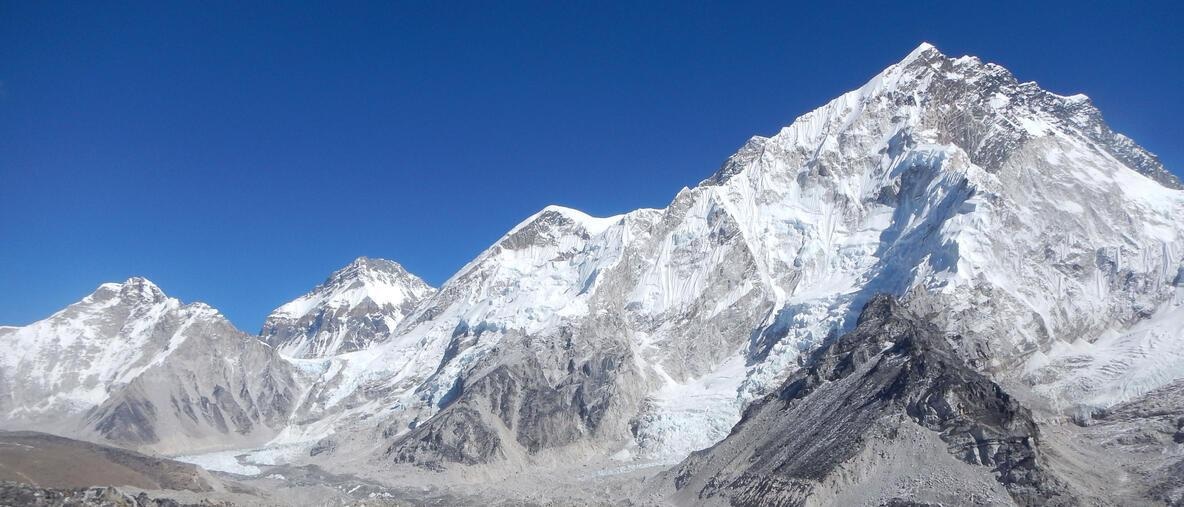Dec 8 2020
In the Himalayan valleys, huge amounts of new particles can develop from naturally discharged gases, which could eventually be transferred to high altitudes by the mountain winds and injected into the upper atmosphere.
 Pristine locations like the Himalayas are perfect to study the natural atmospheric conditions before the industrialization. Image Credit: Federico Bianchi.
Pristine locations like the Himalayas are perfect to study the natural atmospheric conditions before the industrialization. Image Credit: Federico Bianchi.
The discharged particles might ultimately impact the climate by serving as nuclei for cloud condensation. The findings of the study regarding sources and formation of particles will help gain better insights into the past and future climate.
To understand how the climate has changed over the last century we need to know as reliably as possible the natural atmospheric conditions before the industrialization.
Federico Bianchi, Associate Professor, Institute for Atmospheric and Earth System Research, University of Helsinki
To achieve that, researchers are in the search of pristine locations throughout the world where the impact of humans is very less. At present, an international research group has completed an extensive study at the Nepal Climate Observatory at Pyramid station, situated near the Everest base camp at 5050 m above sea level.
In that location, the group was able to analyze the development of atmospheric particles far away from human activities. The study findings were published recently in the renowned journal Nature Geoscience.
Particles from Natural Origin
The research demonstrates that up-valley winds bring vapors that are discharged by vegetation at the Himalayan foothills to higher altitudes.
When this transport occurs, the gases are converted into compounds of very low volatility through photochemical reactions, where the compounds quickly form a huge number of new aerosol particles. Then, these are transported into the free troposphere, a region of the atmosphere prone to very low human impact.
You can think of the whole Himalayas as an ‘aerosol factory’ that continuously produces a large amount of particles and then directly injects them high up into the atmosphere above the Everest.
Federico Bianchi, Associate Professor, Institute for Atmospheric and Earth System Research, University of Helsinki
From these measurements, it can be estimated that the transport of particles might raise present-day particle concentration above the Himalayas by a factor of up to two or more.
The researchers consider mountain venting, for the first time, as a huge possible source of atmospheric particles in the free troposphere.
Moreover, the freshly developed particles have a natural origin with not much proof for the involvement of anthropogenic pollutants. Hence, this process could have remained typically unaltered from the pre-industrial period and might have been one of the significant sources of the upper atmosphere aerosol population at that time.
Therefore, the new observations are crucial to better predict the pre-industrial baseline of aerosol concentrations in this vast region. The incorporation of these processes into climate models might enhance the insights into climate change and forecasts of future climate.
The focus of further studies will be on an improved measurement of this phenomenon and analyze this in other high mountain regions as well.
Journal Reference:
Bianchi, F., et al. (2020) Biogenic particles formed in the Himalaya as an important source of free tropospheric aerosols. Nature Geoscience. doi.org/10.1038/s41561-020-00661-5.